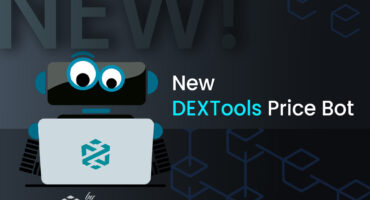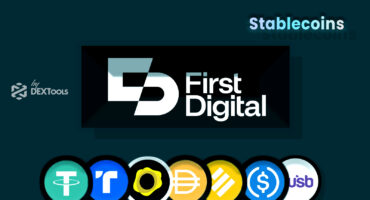New DEXTools Telegram Price Bot! Easy step-by
Learn how to use our new Price Bot! Did you kno...

We design Docy for the readers, optimizing not for page views or engagement






The acronym DeFi stands for Decentralized Finance. It refers to a series of applications and protocols based on the peer-to-peer principle (“without intermediaries”) developed on the blockchain and supported by networks that do not require any central control system for their governance. Its historical origin and current main base is the Ethereum network and its smart contracts, which allow DeFi system to give access to and articulate all types of financial operations.
Prior to the emergence of DeFi (and its DEXs), smart contracts were limited to emulating the traditional analogue FIAT financial system, but almost exactly like the more modern digital blockchain, with the only nuance (as in the case of Bitcoin) of decentralising the issuance and storage of currencies. But DeFi protocol burst in to eliminate any possible remnants of centralisation and bureaucracy, democratising the exchange of assets, and, in the process, widening the range of possibilities for the global financial system, opening up a new era.
DeFi works through decentralised cryptocurrency exchanges called DEXs, which basically differ from centralised exchanges or CEXs in that DEXs (unlike CEXs) do not require you to register or hand over control of your cryptocurrencies to a third party to sign transactions on your behalf. You are the sole holder of the private keys to your funds, and everything is confirmed on-chain.
In DEXs, everything is executed on the same blockchain and through smart contracts, which are simple self-executing agreements between peers written in code, designed to guarantee the security, confidentiality, immutability, anonymity, decentralisation and scalability of cryptocurrency transactions.
For their part, CEXs act as regulated entities that offer digital users a service similar to that of traditional banking, holding funds in user-friendly platforms and even securing them.
An important point in the comparison of CEX and DEX is liquidity, that is, the degree of ease of buying and selling at a reasonable price, which is higher in CEXs today. But on DEX there is a greater variety of tokens available, which increases the opportunity to find so called “gems”, which are innovative and valuable tokens and projects.
Three distinct types of DEX exchanges are available:
1-Market makers (AAMs). They use so-called liquidity pools, which are funded by users who, in return, get the right to benefit from the transaction fees that the protocol charges for executing trades on a pair.
2-DEX order books. These books keep track of each open order to buy and sell assets for specific pairs.
3-DEX aggregators. Their function is basically to aggregate the liquidity of several DEXs to reduce slippage on large orders, and to optimise rates and prices in the shortest possible time. The idea is to provide the user with a wide range of useful tools in a single interface, to reduce the number of failed trades, and to offer more favorable comparative exchange rates than a single isolated DEX would allow.

Learn how to use our new Price Bot! Did you kno...

Within DEXTools app, traders have a unique and handy DE...

First Digital, a registered trust company based in Hong...